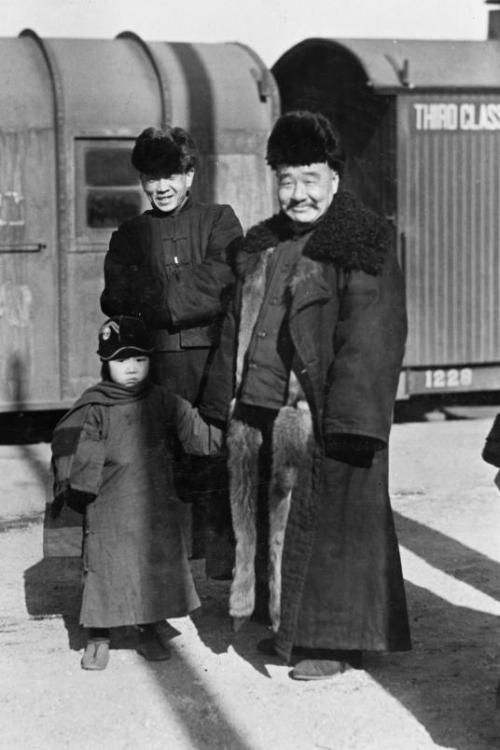 Se está cansado de solidão e decepções, recorra à ajuda da santa padroeira do Brasil. Esta simpatia é especialmente indicada para o dia dela, 12 de outubro, mas pode ser realizada em qualquer data.
Se está cansado de solidão e decepções, recorra à ajuda da santa padroeira do Brasil. Esta simpatia é especialmente indicada para o dia dela, 12 de outubro, mas pode ser realizada em qualquer data.09 outubro 2018
Simpatia para encontrar novo amor de Nossa Senhora Aparecida
 Se está cansado de solidão e decepções, recorra à ajuda da santa padroeira do Brasil. Esta simpatia é especialmente indicada para o dia dela, 12 de outubro, mas pode ser realizada em qualquer data.
Se está cansado de solidão e decepções, recorra à ajuda da santa padroeira do Brasil. Esta simpatia é especialmente indicada para o dia dela, 12 de outubro, mas pode ser realizada em qualquer data.The Creation of Rotterdam
What would become the important port city of Rotterdam has been inhabited since at least the Roman period. It was part of the frontier province Germania Inferior, and there is evidence of wooden locks, trenches, and ditches built by the Romans to control water levels. After the Romans withdrew in the second half of the 200s CE, the population steeply declined. Partially because sea levels rose, making much of the region uninhabitable.
It was not until 900 CE that pioneering farmers returned to the riverbanks of the Rotte River, or “Muddy Water” River. Archaeologists have found the remains of six farmsteads, dating from 950 to 1050 CE. Life in Rotta Village was difficult: flooding was always a threat, and attempts to drain the peat they farmed on just caused the ground level to sink when drained, making flooding even worse. Unable to make a living, Rotta Village was abandoned around 1050.
It was thanks to a local noble looking to protect his nearby lands that Rotterdam ever came to be. In the year 1270, the Count of Holland, Floris V, ordered the construction of a single sea wall to protect the region from floods. The resulting dike was 1,300 feet long, 23 feet wide, and nearly five feet high. It was constructed across the Rotte River, not far from the now-abandoned Rotta Village.
A town sprang up after the dike was built. Because it was close to the North Sea and the River Rotte, the area was between two trade systems: the Baltic Region which included Denmark, Sweden, and Norway, and the north Atlantic coastal area, which included France, England, Belgium, and the Netherlands. Because the new dike blocked direct passage to the Rotte River, traders had to unload their goods and reload them on the other side, or temporarily store them in Rotterdam. This made Rotterdam an important port and market for staple goods, such as beer and textiles, which people had to buy no matter the difficulty in getting it across the dike. It also developed a fishing industry, selling its herring along the trade systems it linked. And the rest, as they say, is history!


